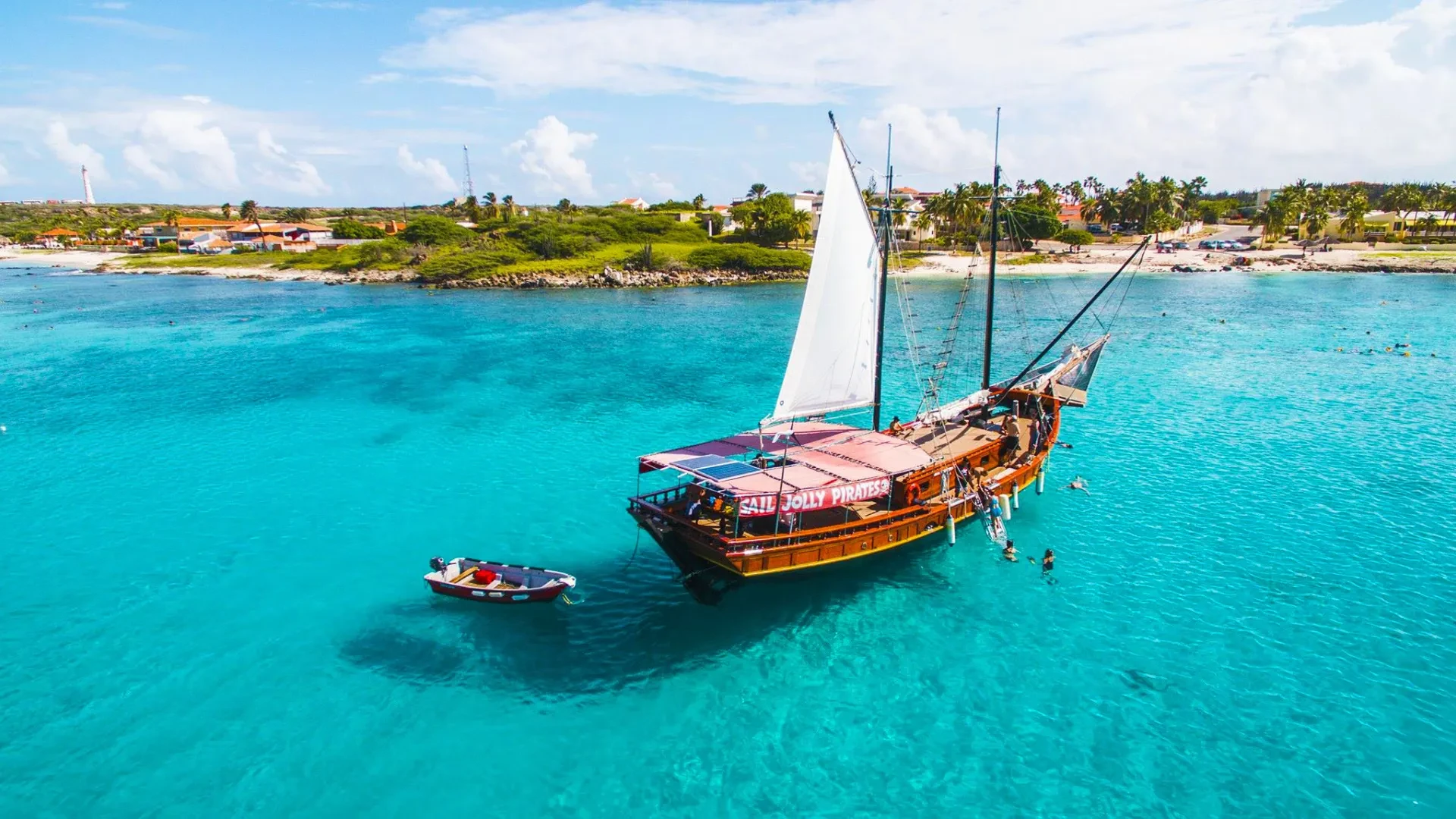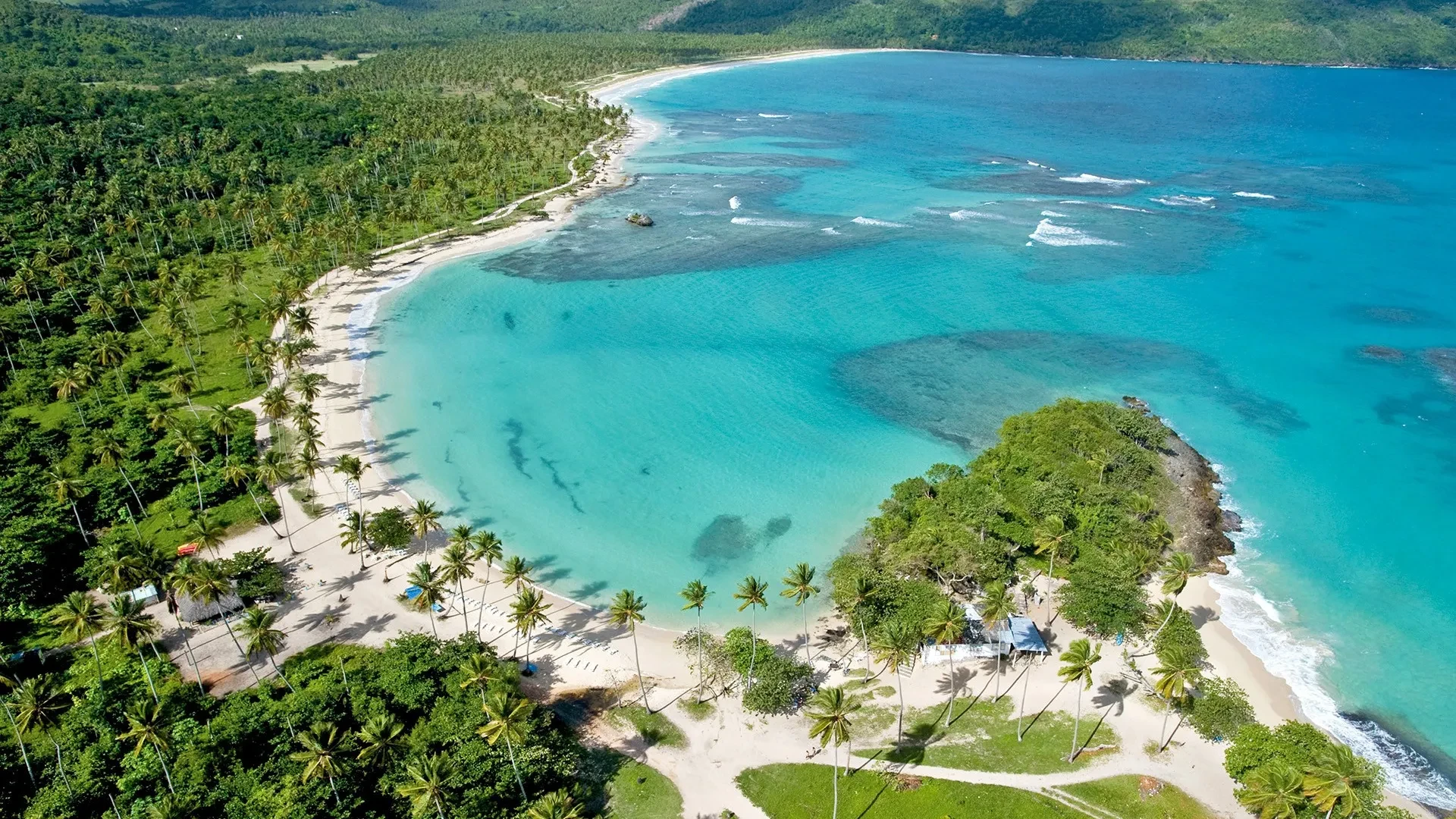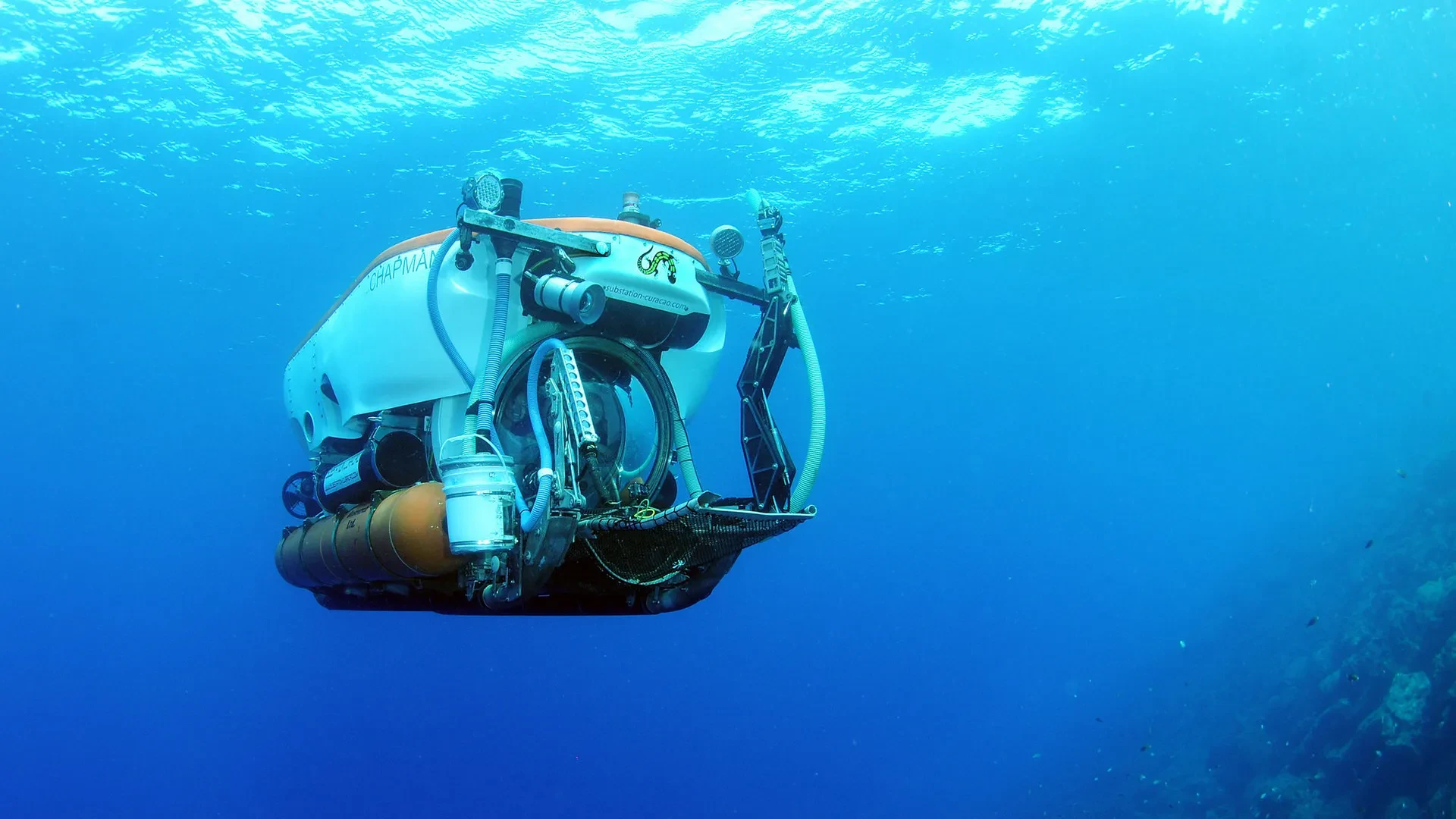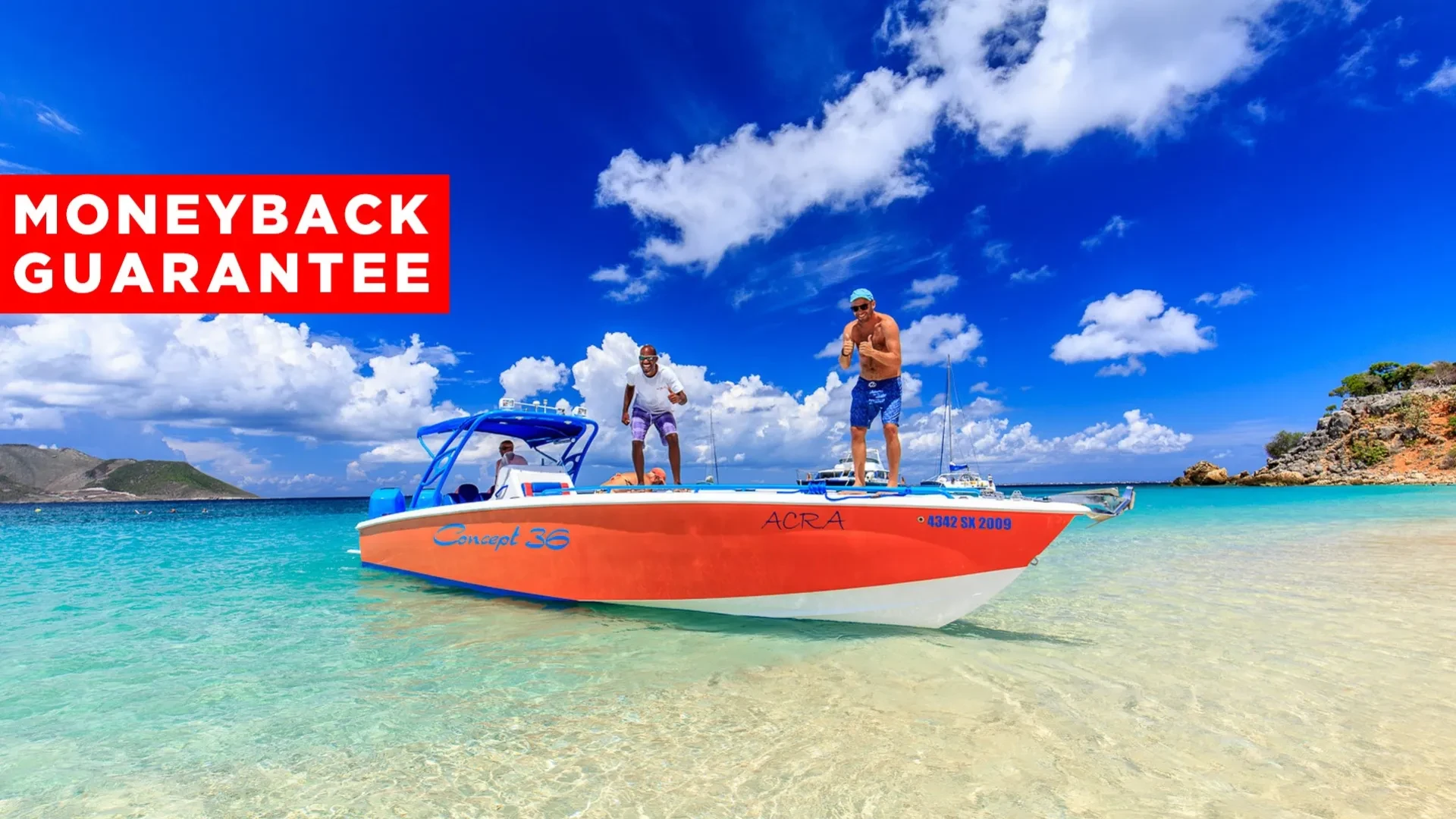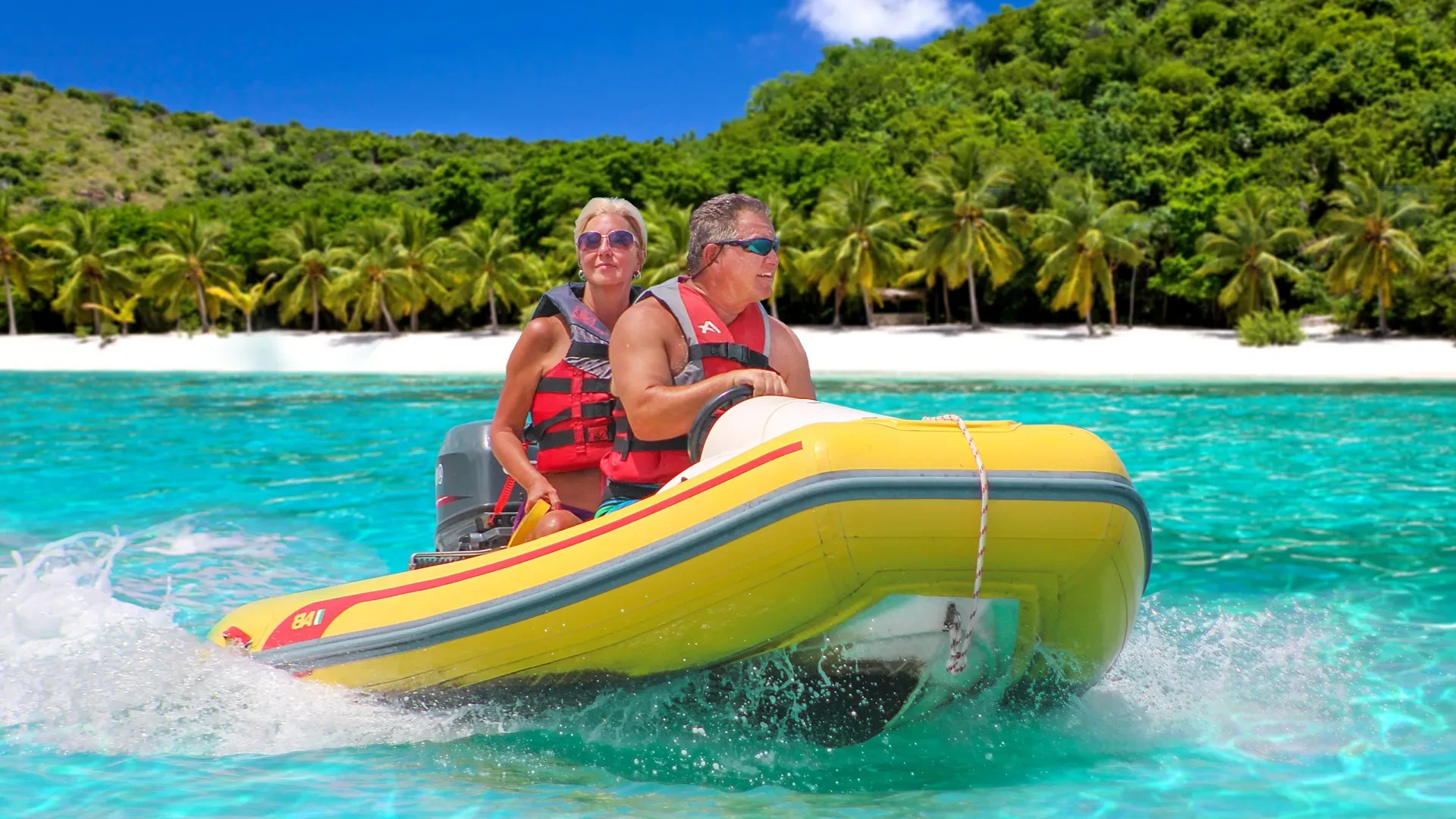Levente
September 10.
Been there. Done that.
Been there. Done that.
September 10.
The 2017 hurricane season is one the Caribbean will never forget. It started early and brought two deadly storms — Irma and Maria — that changed the islands forever. In this part of our series on the Caribbean's most powerful hurricanes, we’ll begin with Irma.
For travelers, hurricanes are a reminder that paradise is also vulnerable. Irma tested infrastructure, emergency response, and climate preparedness, leaving scars but also lessons.
Looking back isn’t just about destruction — it’s about resilience. From the storm’s sheer power to the human stories and rebuilding that followed, Irma shows how the Caribbean continues to prepare, recover, and welcome visitors back with its unshakable spirit.
Hurricane Irma began as a tropical wave near the Cape Verde Islands on August 30, 2017. Thanks to warm waters, low wind shear, and plenty of moisture, it quickly strengthened — becoming a hurricane in just over a day.
By September 5, Irma had reached powerful Category 5 status on the Saffir-Simpson hurricane scale and held that intensity unusually long, making it one of the most extreme hurricanes ever recorded in the Atlantic.

After forming in the eastern Atlantic, Irma tracked westward, guided by a high-pressure system to the north. It kept gaining strength and became the most powerful storm ever recorded in the open Atlantic by wind speed.
Irma first made landfall on September 6 in Barbuda, then hit Saint Martin, the British and U.S. Virgin Islands, and parts of Puerto Rico. It later turned northwest, slammed into Cuba, and made its final U.S. landfalls in the Florida Keys and near Naples on September 10.

At its peak, Hurricane Irma packed winds of 185 mph (295 km/h) and had a central pressure of 914 millibars. It held Category 5 strength for three straight days — something never seen before in the satellite era.
Irma ranks among the most powerful Atlantic hurricanes in terms of both wind speed and longevity, alongside storms like Dorian (2019) and Allen (1980). Its massive size and strength caused widespread storm surge and wind damage, impacting millions across the Caribbean and southeastern U.S.
| Rank | Hurricane | Year | Peak sustained winds |
|---|---|---|---|
| 1 | Allen | 1980 | 190 mph (305 km/h) |
| 2 | Labor Day | 1935 | 185 mph (295 km/h) |
| 2 | Gilbert | 1988 | 185 mph (295 km/h) |
| 2 | Wilma | 2005 | 185 mph (295 km/h) |
| 2 | Irma | 2017 | 185 mph (295 km/h) |
| 2 | Dorian | 2019 | 185 mph (295 km/h) |
| 7 | Mitch | 1998 | 180 mph (285 km/h) |
| 7 | Rita | 2005 | 180 mph (285 km/h) |
| 7 | Milton | 2024 | 180 mph (285 km/h) |

Hurricane Irma caused catastrophic damage across several Caribbean islands. Barbuda was hit especially hard — about 95% of its buildings were damaged or destroyed, forcing a full evacuation.
Saint Martin suffered major losses on both the French and Dutch sides, with hospitals, airports, and homes heavily impacted. In the British Virgin Islands, Irma devastated Tortola and surrounding islands, knocking out communication and access to essential services.

The storm claimed dozens of lives and left thousands homeless across the region. Tourism-dependent island economies were hit hard, with damages reaching into the billions. Basic services like power, water, and healthcare were severely disrupted, slowing recovery for months.

In the U.S., Hurricane Irma led to one of the largest evacuations ever — over 6 million Floridians were urged to leave their homes. The Florida Keys took the hardest hit, with entire neighborhoods flooded and severe wind damage throughout Monroe County. Storm surge and flooding also impacted much of Florida’s west coast, affecting cities like Naples, Fort Myers, and Tampa.

Hurricane Irma caused over $50 billion in damage in Florida alone, destroying or damaging thousands of homes and leaving more than 7 million without power. Roads, schools, and utilities took months to repair. Georgia and South Carolina also saw significant wind and flood damage, though not as severe. Emergency response efforts were extensive, but the scale of destruction made recovery a major logistical challenge.
Hurricane Irma claimed at least 134 lives across the Caribbean and the U.S., with many deaths caused by drowning, collapsed buildings, or delayed medical care due to damaged infrastructure. Thousands were injured or reported missing in the hardest-hit island communities.
The storm also triggered mass displacement. Barbuda’s entire population of around 1,800 was evacuated to Antigua, leaving the island uninhabited for the first time in over 300 years. In Florida, shelters filled quickly as millions fled inland. Beyond the immediate impact, Irma created long-term housing crises across the region.

Hurricane Irma caused over $77 billion in damage, ranking it among the costliest storms in history. Caribbean economies reliant on tourism, agriculture, and fishing took a major hit, with damaged airports, ports, and resorts dragging down GDP and jobs.
In the U.S., Florida’s citrus industry was nearly wiped out in some regions, and small businesses across the state struggled to recover. Insurance claims soared, stretching federal and state disaster relief budgets. Low-income communities were hit hardest, facing the biggest hurdles in accessing aid and rebuilding their lives.

Hurricane Irma caused major damage to fragile ecosystems across the Caribbean and southeastern U.S. In the Florida Everglades, storm surge and saltwater intrusion harmed freshwater habitats, putting fish, birds, and plants at risk. Beaches, dunes, and mangroves were eroded by powerful waves.
In the Caribbean, coral reefs — already stressed by warming seas — suffered further from wave damage and sediment. Forests were flattened on several islands, wiping out habitats and shifting local biodiversity. The disruption also gave invasive species a chance to spread, adding to the environmental impact.

Hurricane Irma is often mentioned in conversations about climate change and extreme weather. While one storm alone can’t be blamed on global warming, warmer oceans are known to fuel more intense and destructive hurricanes — something Irma clearly demonstrated with its rapid buildup and sustained power.
Experts agree that as the planet heats up, storms like Irma are likely to become more common and more severe. This underscores the urgent need for stronger infrastructure, updated climate policies, and global efforts to cut emissions and reduce future risks.

In the wake of Hurricane Irma, emergency response teams mobilized quickly but struggled with the overwhelming scale of the damage. In the Caribbean, local governments, aid groups, and military units from the U.K., France, and the Netherlands led search and rescue efforts, delivered essentials, and worked to restore medical care.
In the U.S., FEMA and state agencies organized shelters, cleared debris, and worked to get power back on. Florida opened over 600 shelters and deployed tens of thousands of emergency workers. Still, blocked roads, fuel shortages, and damaged infrastructure slowed aid delivery, exposing the challenges of responding to a disaster of this magnitude.

Recovering from Hurricane Irma has taken years of effort and major financial support. In the Caribbean, progress has been uneven — some islands bounced back quickly, while others continued to struggle due to limited resources and repeated storms. International aid helped rebuild homes, schools, and hospitals, but recovery moved at different speeds across the region.
In the U.S., Florida launched housing repairs, infrastructure projects, and aid programs for hard-hit industries like agriculture and tourism. Federal aid and insurance helped many, but underinsurance and red tape left some communities behind. The storm also spurred improvements in emergency plans, evacuation procedures, and building codes to better prepare for the future.

Hurricane Irma revealed key weaknesses in disaster preparedness and response, prompting important changes. One major takeaway was the value of early warnings and timely evacuations — Florida’s preemptive orders likely saved many lives. Still, issues like traffic jams, fuel shortages, and limited shelter space showed there was room to improve.
Since then, there’s been more investment in real-time forecasting, emergency communication, and public education. Coordination among federal, state, and local agencies has also gotten stronger, helping speed up response times and improve support for vulnerable communities.

Irma’s widespread destruction highlighted the urgent need for stronger, more resilient infrastructure. Building codes in both the Caribbean and the U.S. were updated to better handle extreme winds and flooding, and coastal development policies began factoring in long-term climate risks and sustainability.
The storm also pushed climate adaptation and disaster funding to the forefront of policy discussions. Governments have since placed more focus on risk reduction, exploring solutions like wetland restoration and artificial reefs. Irma made it clear that proactive, science-based planning is essential to safeguard communities and ecosystems in a warming world.

Hurricane Irma ranks among the most powerful and destructive storms in Atlantic history, with lasting impacts across the Caribbean and the U.S. It exposed major gaps in infrastructure and emergency response, while underscoring the rising threat of climate-fueled extreme weather. The lessons from Irma are a crucial step toward creating safer, more resilient communities moving forward.
Hurricane Irma was a Category 5 Atlantic hurricane that formed on August 30, 2017, and lasted until September 13, 2017. It was one of the most powerful storms ever recorded in the Atlantic Ocean.
Hurricane Irma made landfall in multiple locations, including Barbuda, Saint Martin, the British and U.S. Virgin Islands, northern Cuba, and Florida—first hitting the Florida Keys, then mainland Florida near Naples.
At its peak, Hurricane Irma had sustained winds of 185 mph (295 km/h) and maintained Category 5 status for 3 consecutive days—the longest ever recorded in the Atlantic.
Hurricane Irma caused at least 134 confirmed deaths across the Caribbean and the southeastern United States.
The total estimated damage from Hurricane Irma exceeded $77 billion, with Florida alone suffering over $50 billion in losses.

Creating this travel magazine takes an insane amount of time and money. If you’ve found it useful and would like to support me in helping other travelers like you, your donation would go a long way. Thanks, you’re the best!
